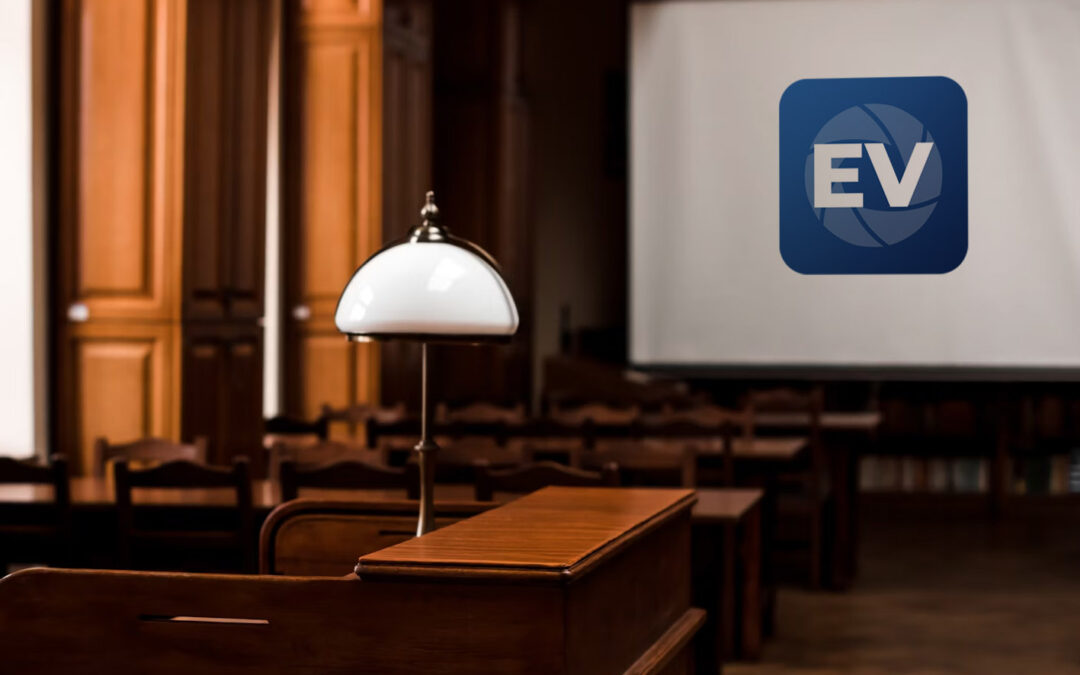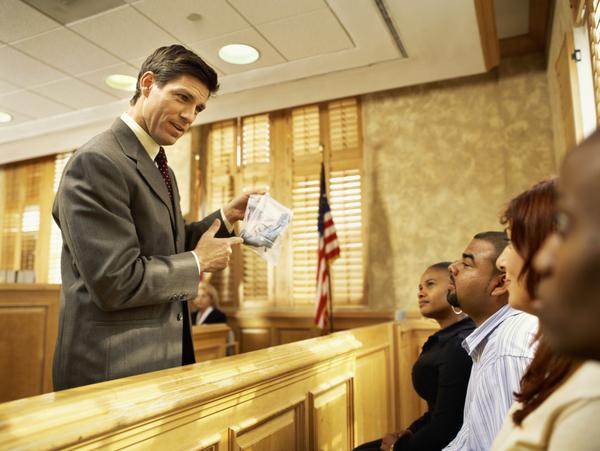Attorneys use custom trial presentations for compelling arguments.
How Test Presentations Enhance Your Debate and Persuade Jurors
Trial discussions offer as a crucial device for improving legal arguments and persuading jurors. By incorporating aesthetic aids, narrative structures, and psychological engagement, attorneys can develop an engaging situation that resonates on multiple degrees. The calculated use of visuals not just makes clear complicated information however also captures jurors' focus a lot more efficiently than words alone. However, the art of narration plays a similarly crucial duty in changing factual proof right into an engaging narrative, forming jurors' understandings - trial presentations. Recognizing these elements can dramatically affect test results, raising the concern of how each part contributes to this complex dynamic.

Relevance of Visual Aids
Aesthetic aids play a crucial function in boosting the efficiency of trial discussions, as they can significantly raise audience involvement and retention of details. In the context of a test, where jurors are charged with handling complex information, visual help serve to streamline and clarify crucial points. Graphes, charts, and photos can communicate information and concepts that might otherwise overwhelm or perplex jurors, enabling an extra straightforward understanding of the proof offered.
Additionally, aesthetic aids help in maintaining juror interest throughout the proceedings. By breaking the uniformity of verbal statement, these devices can stress vital debates, making them much more unforgettable. Reliable visual help can also evoke psychological feedbacks, which can be critical in convincing jurors to straighten with the speaker's narrative.

Crafting Compelling Stories
An engaging narrative is necessary in test presentations, as it works as the foundation of reliable persuasion. It allows attorneys to weave together truths, proof, and psychological aspects right into a coherent story that resonates with jurors. This narrative framework makes it possible for jurors to understand the intricacies of the case while directing them with the lawyer's debate.
To craft a compelling narrative, lawyers need to concentrate on quality and comprehensibility. Furthermore, the use of vibrant descriptions can create mental images that help jurors visualize the occasions, making the story a lot more unforgettable.
Furthermore, integrating key styles throughout the discussion reinforces the core message and help in retention - trial presentations. The story must not only share information but additionally stimulate a sense of justice, highlighting the stakes included. Eventually, a sound story promotes a connection in between the jurors and the instance, positioning the attorney's debate as both qualified and engaging, thereby raising the probability of a beneficial verdict

Engaging the Jury Emotionally
Reliable jury involvement hinges on the lawyer's ability to link with jurors on a psychological level. This link can considerably influence jurors' assumptions and their supreme decision-making. Making use of sob stories permits attorneys to humanize the situation, changing abstract legal concepts into relatable experiences. By offering real-life stories or testimonies, lawyers can stimulate compassion and compassion, promoting a much deeper understanding of the issues at stake.
Visual aids, such as photographs or videos, can additionally boost psychological engagement, offering jurors with brilliant depictions of the instance's human elements. Crafting a narrative that highlights the battles and accomplishments of the people entailed ensures that jurors see beyond the legal arguments and acknowledge the human consequences of their decisions.
A lawyer's passionate delivery can resonate with jurors, enhancing their psychological investment in the case. It's essential to stabilize psychological charms with factual proof, making certain that jurors feel compelled to act while continuing to be based in the truth.
Structuring Your Discussion

The body of the presentation need to be rationally segmented right into bottom lines, each supported by engaging evidence. It is beneficial to make use of narration methods to weave realities right into a narrative that jurors can easily adhere visit site to. Visual help, such as graphes and videos, can boost comprehension and interaction, helping to highlight essential pieces of proof.
Real-World Case Research Studies
Taking a look at real-world instance researches provides important understandings right into the art of test discussions and persuasion. The protection group efficiently utilized a method that incorporated top-level specialist testimonies with multimedia presentations, which captivated jurors and ultimately influenced their choice.
Another notable example is the "McDonald's Coffee Case," where the complainant's lawyers made use of visuals images of the injuries suffered by Stella Liebeck. trial more info here presentations. This plain visual evidence played an essential role in conveying the seriousness of her burns, resulting in a significant jury honor. Such instances show that impactful trial presentations frequently rest on the reliable assimilation of visuals and narration to evoke emotional feedbacks from jurors
In addition, the "Casey Anthony Test" highlighted the significance of narrative coherence and reliability. The prosecution's failure to develop a compelling timeline decreased their persuasive power, emphasizing the requirement dig this of a well-structured presentation. Analyzing these cases reveals that effective trial discussions need tactical preparation, psychological engagement, and the capacity to resonate with jurors' values and ideas.
Conclusion
Trial discussions considerably boost arguments and convince jurors via the strategic use of aesthetic help, compelling narratives, and emotional involvement. A well-structured discussion balances emotional allures with valid evidence, eventually reverberating with jurors' worths.